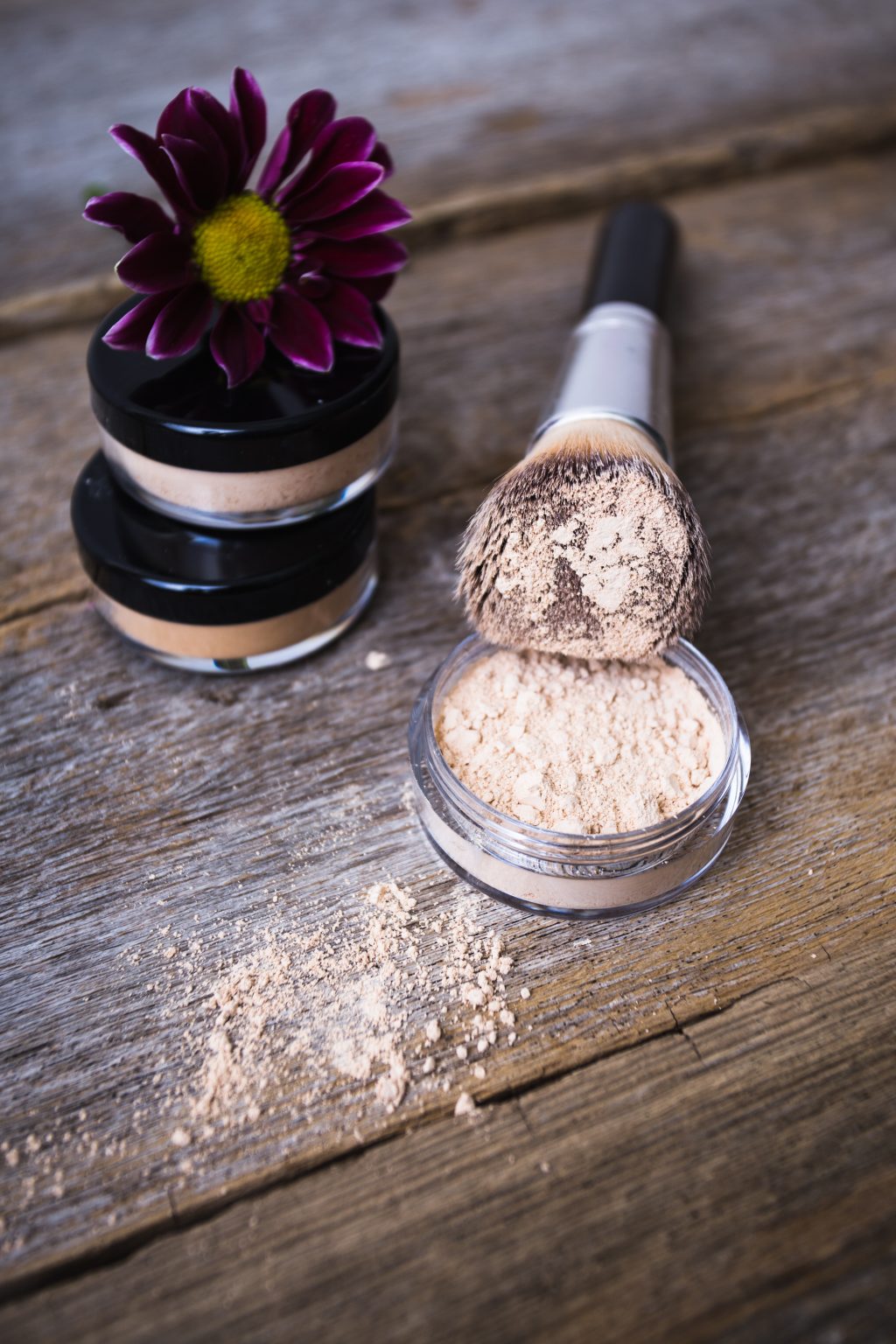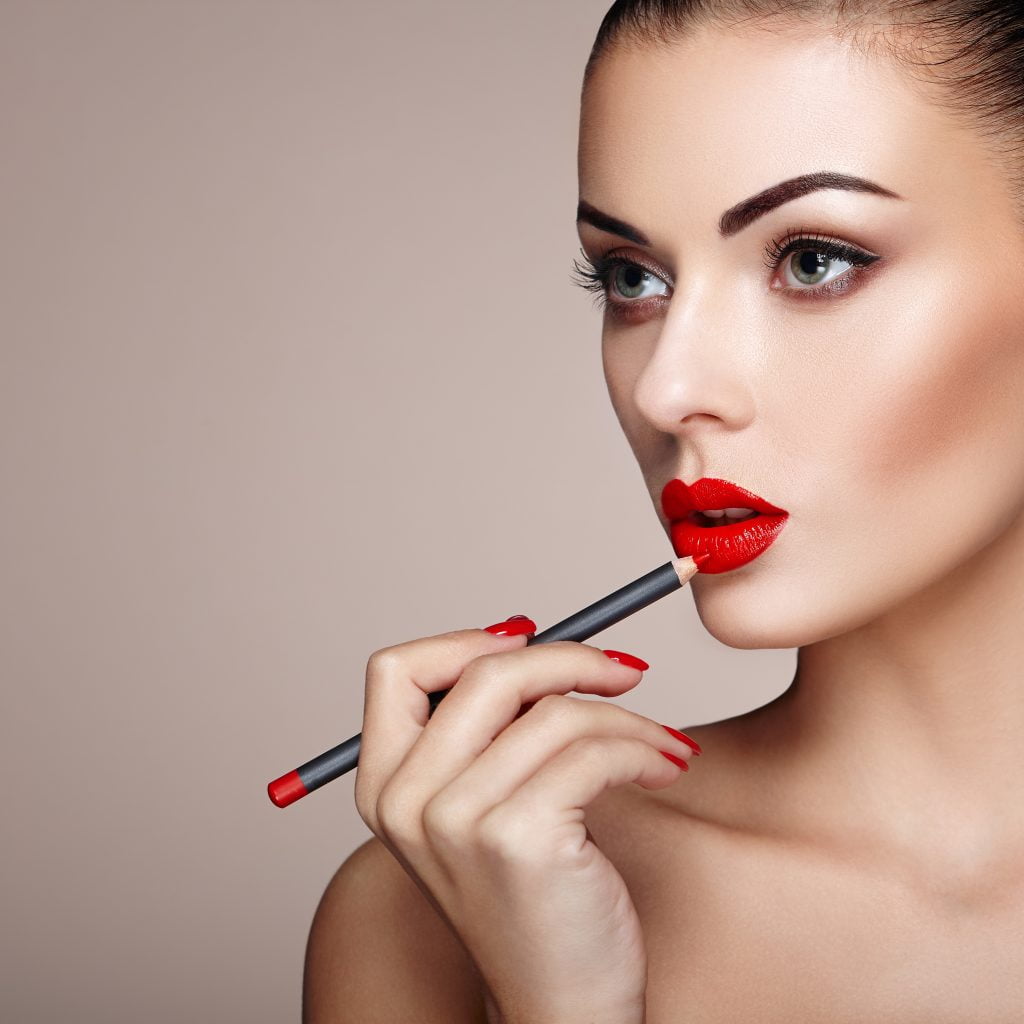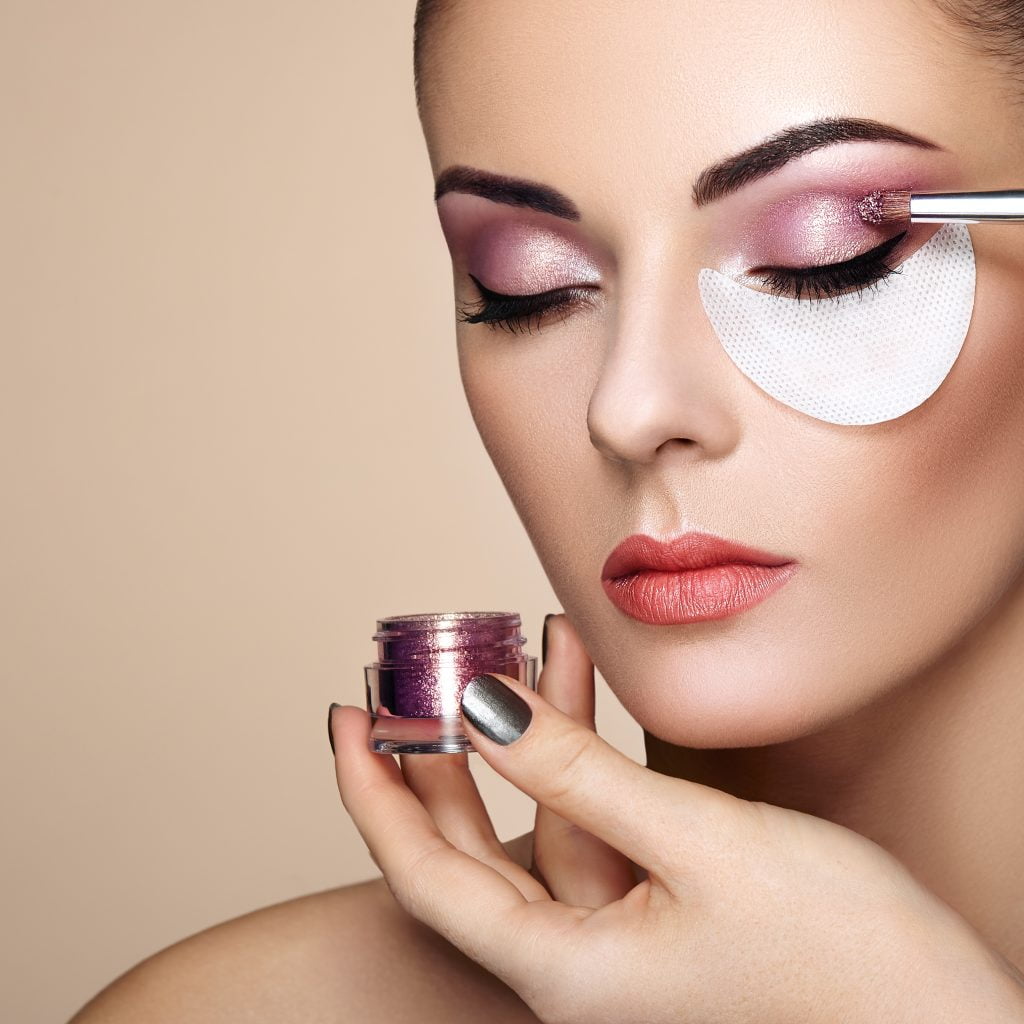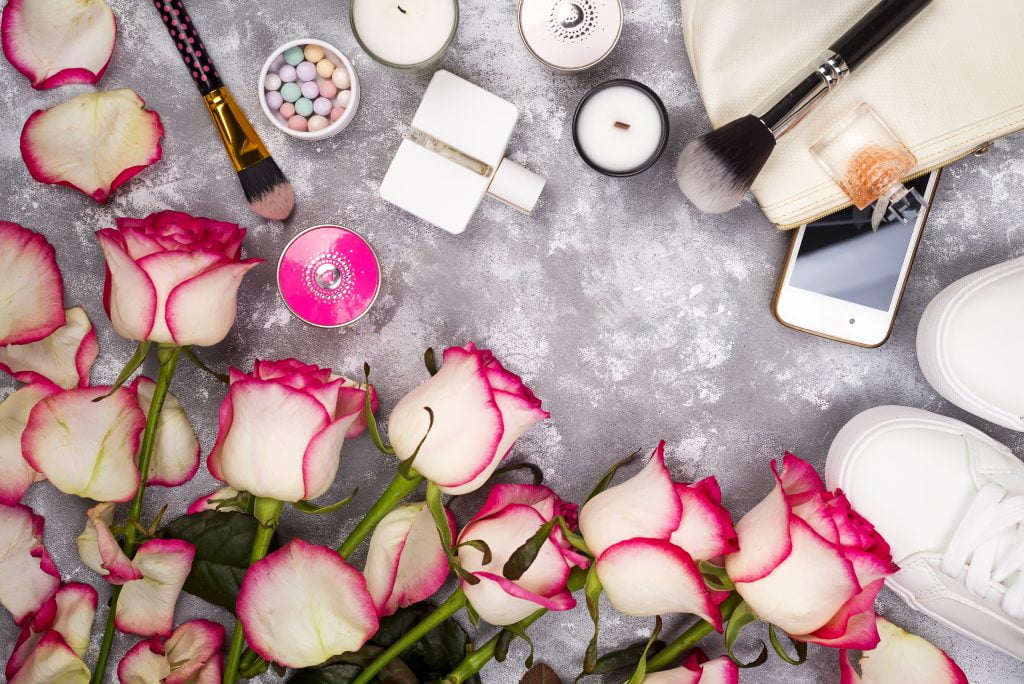Makeup Product Photography - A Complete Guide
Imagine you’re shopping for makeup online. What would you choose?
- A product with beautiful photos
- Or one with just a long description
The answer is clear! People often choose product with relevant images. That’s why makeup product photography is so important.
According to a study by Slazzer, 90% of shoppers look at product photos before deciding to buy.
And here’s the real deal – better photos can increase sales by a huge 94% compared to lower-quality ones.
Now, if you’re curious to learn more about makeup product photography, keep reading.
What is Makeup Product Photography?
First, let’s start with what product photography actually means.
Here’s a precise definition by Format.
“Product photography is a branch of photography that involves photographing products with the intention of displaying, promoting, and highlighting certain features of a product.”
So, what is makeup product photography?
It simply means taking photos of cosmetics and beauty products to showcase their features, colors, textures, and overall appeal.
Beauty product photography entails employing specific techniques to accentuate features and enhance the visual presentation of beauty items such as lipsticks, eyeshadows, foundations, and skin care.
The goal is to create attractive images that entice customers and accurately represent the products.
This sort of photography frequently employs professional lighting, backgrounds, props, and post-processing to produce high-quality, eye-catching images that stand out on e-commerce platforms, websites, social media, and advertising materials.

Examples of Creative Makeup Product Photography
Close-Up Details
This method involves taking close-up photographs of beauty products to highlight textures, details, and designs.
Here are two samples of close-up details from prominent companies, including Fenty Beauty and Mac Cosmetics.
Fenty Beauty’s Instagram picture features a dripping photo of their face mask, emphasizing its distinctive jelly-like texture.
On the other hand, Mac Cosmetics’ product photo depicts a deep matte lip gloss color.
Flat Lay Arrangements
Here, you can arrange makeup products in an appealing flat-lay composition, displaying items such as lipsticks, eyeshadow palettes, and brushes against a clean and stylish backdrop.


Here are two examples. You can clearly see how these photos show the actual use of makeup products in action.
Creative Backgrounds
In this method, you can experiment with different backgrounds and props to add visual interest and context to the makeup products.
For example, these photos from Mac Cosmetics use floral arrangements in the background to make the lipstick look appealing.

Core Elements of Makeup Product Photography
Makeup product photography is not just about taking pictures of different makeup products. It is more than that.
The photos you take should tick all the right boxes – they should have proper lighting, focus, background, and more.
To get a better idea, let’s take a look at the core elements of makeup product photography.
Lighting
Good lighting is essential for capturing clear and attractive photos of makeup products. Soft, even lighting helps to avoid harsh shadows and highlights.
You can use natural light from a window or artificial light like softbox lamps. For example, when photographing a lipstick, place it near a window with indirect sunlight to achieve soft, flattering lighting.
Background
Choose a background that doesn’t distract from the makeup product. A clean and simple background, like a plain white or neutral-colored surface, works well.
You can also use textured backgrounds like marble or wood for added visual interest. For instance, place a foundation bottle on a smooth, white surface to keep the focus on the product itself.
Composition
How you arrange the makeup products within the frame is important. Experiment with different compositions such as flat lays, close-up shots, or product-in-use images.
For example, arrange a set of eyeshadow palettes in a visually appealing layout for a flat-lay photo.
Focus and Depth of Field
Use a shallow depth of field to create a blurred background that makes the makeup product stand out. This draws attention to specific parts of the product, like its logo or texture.
For instance, focus on the front of a mascara tube while blurring the background to emphasize its design.
Color Accuracy
Make sure the colors of the makeup products appear true to life in the photographs. Avoid overly saturated or edited colors that might misrepresent the actual product. Use natural or color-balanced lighting to maintain accurate colors.
Consistency
Maintain a consistent style and aesthetic across all your makeup product photos to create a cohesive brand identity. This helps to build recognition and trust among customers. Use similar lighting, backgrounds, and compositions for a unified look across your product line.
Beauty Product Photography Props
Sometimes, adding relevant props or accessories can enhance the overall presentation of the makeup products.
You can use popular beauty product photography props like,
- Fresh flowers
- Mirrors
- Lipstick smears
- Jewelry pieces
- Candles
- Seashells
- Perfume bottles
- Crystals or gemstones
- Ribbons or fabric
- Foliage or greenery
- Decorative trays
- Additional cosmetic packaging
- Beauty books or magazines
- Accessories like sunglasses or scarves
However, be careful not to overcrowd the scene or distract from the main subject.
Makeup Product Photography Tips and Best Practices
Now that you know about the core elements of makeup product photography, let’s learn some tips and best practices to get the perfect shot.
Plan Your Shoot
Before you start taking pictures, think about what you want to achieve. Look online for inspiration for examples of makeup photography. Make a list of everything you’ll need, like backgrounds, lighting, and props.
Understand the Brand
Get to know the brand you’re photographing for. Learn who the makeup is for and what the brand stands for. Talk to your client to understand what they want the photos to convey.
Choose Colors Wisely
Decide on colors that match the brand’s style. Bright colors can be fun and eye-catching, while classic colors like black and white give a sophisticated look.
Use Proper Lighting
Decide if you want to use studio lights or natural sunlight. Make sure the lighting is even to show off the makeup’s details without harsh shadows.
Clean Background
Choose a simple and clutter-free background like a plain white table or a solid-colored surface. This helps keep the focus on the makeup products without distractions.
Steady Surface
Place your camera on a stable surface like a tripod or steady table to prevent blurriness from shaky hands. A steady camera ensures sharp and clear images.
Choose Right Camera Settings
When taking product photos, use specific camera settings for accurate representation. Start with a low ISO, around ISO 100, to minimize graininess.
Set the aperture to f/16 to keep the entire product sharp. Aim for a shutter speed of at least 1/125 to avoid blur. These settings ensure clear and accurate product images, reducing customer dissatisfaction and returns.
Product Arrangement
Arrange makeup products neatly and symmetrically for a clean and organized look. Consider grouping similar items together or creating appealing compositions with a mix of products.
Minimal Props
If you use props like flowers or brushes, keep them simple and complementary to the makeup products. Props should enhance the composition without overwhelming the main subject.
Experiment with Angles
Try shooting from different angles to find the most flattering perspective for each product. Take overhead shots, angled shots, or shots from the side to showcase different features.
Show Products in Use
Include photos of models using the makeup. This helps customers visualize how the products look when applied and adds context.
Edit Carefully
Use photo editing tools like smartphone apps or computer software to enhance your photos. Adjust colors, contrast, and sharpness subtly to refine the images without making them look unnatural.
Best Makeup Product Photographers
Looking for inspiration for your makeup product photography? Check out these renowned photographers in the field.
Zachary Goulko
Zachary’s work stands out with dramatic lighting that adds depth and volume to his images. Based in New York, he collaborates with leading brands like L’Oréal and Estée Lauder.
Rich Begany
Rich is celebrated for his imaginative and stylish makeup product photography. With clients such as Sephora and MAC Cosmetics, he brings creativity and high-quality imagery from his Manhattan studio.
Jesca Cluff
Jesca is a sought-after cosmetic photographer for brands like Aveda and Younique Cosmetics. Her photos are known for their beauty and creativity.
Wrapping Up
And that’s how you master the art of makeup product photography!
With new makeup brands emerging in the market, the competition in this niche is intense. That’s why popular brands like Fenty Beauty, Mac Cosmetics, L’Oréal, and Kylie Cosmetics are investing in the best makeup product photography.
By following the tips, techniques, and best practices highlighted in this guide, you can easily capture stunning images to make products more appealing to potential buyers.
Now all that’s left to do is, invest in a good camera, get some practical experience and you are all set as a makeup product photographer.
